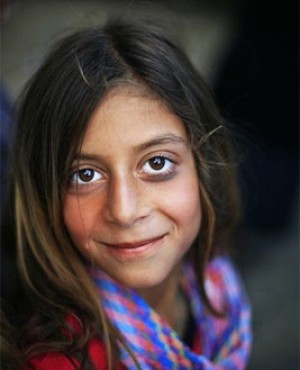
Ankara – The growing global community that connects various ethnicities share different values yet search for the common features in identifying specific groups within a country. With the numerous ethnic peoples around the world, there is a particularly mysterious wonder with the Roma.
In the English-speaking world (but seemed pejoratively given), the Roma or Romani people are known as Gypsies. This particular European ethnic community is also known as Kale in Finland and Portugal, Gitanos in Spain, Manush or Gitan in France, and Travelers in Scandinavia. But in the local language, the communities are identified as Romane or Rromane depending on the dialect. With this diversity in their names, the Roma people’s origin also entails a rich part of different cultures and beliefs.
Building History and Identity
The people have migrated throughout the world in the course of the centuries. They have a dramatic history that few are aware of because of the lack of proper representation in popular histories. Roma are widely dispersed with a great concentration in Europe, especially in Central and Eastern Europe and Anatolia.
In modern findings, researchers have linked the Roma to a distinct Indian ancestry. Using genetics and linguistics to identify ancient connections, it is noted that the people share almost identical grammatical rules with the Hindi people of northern India. Also, confirming the validity of the records of the group’s migration to medieval Europe in the 1100s is the analysis of the genomic data from Romani communities across Europe.
Throughout the centuries, the communities gradually adopted certain cultural practices from their host countries. Now, they are considered as one of EU’s largest minority groups. However, even with kind of population, they remain as oppressed members of the society that faces certain persecution.
The nature of their traditional practices and the location of their homes remain isolated from modern practices. Roma children do not regularly attend school and the elders have difficulty in finding jobs. Then, even those living in affluent European countries experience the threat of the being a part of the persecuted minority.
Language and Contemporary Times
Even if the people remain dispersed in separated regions throughout Europe, the use of their language serves as a helpful binding attribute. The Romani is used to identify any of the several languages of the Roma people. This is known to belong to the Indo-Aryan branch of the Indo-European language family.
With the diverse living locations of the people, records show that they have seven varieties of the Romani which can even be identified as languages on their own. This lets some of the Roma communities to speak in mixed languages based on their current region of residence. However, there remained some Romani-derived vocabulary that still showcases the connection between the different global Roma groups within and outside Europe. However, even with this particular concern in connecting them through language, the people still go through daily struggles as they are separated from their own ethnic community. Also, the misrepresentation of these people is taking a toll on their current status within the modern cities. Their ethnicity is often used in contemporary fantasy literature and is portrayed as people practicing archaic occult knowledge. This has led to the rise of gypsy archetypes that aren’t completely proper means of identifying the colorful and rich cultures of the Roma.
Image from Makis Siderakis, https://www.flickr.com/photos/8153468@N04/4809590910



